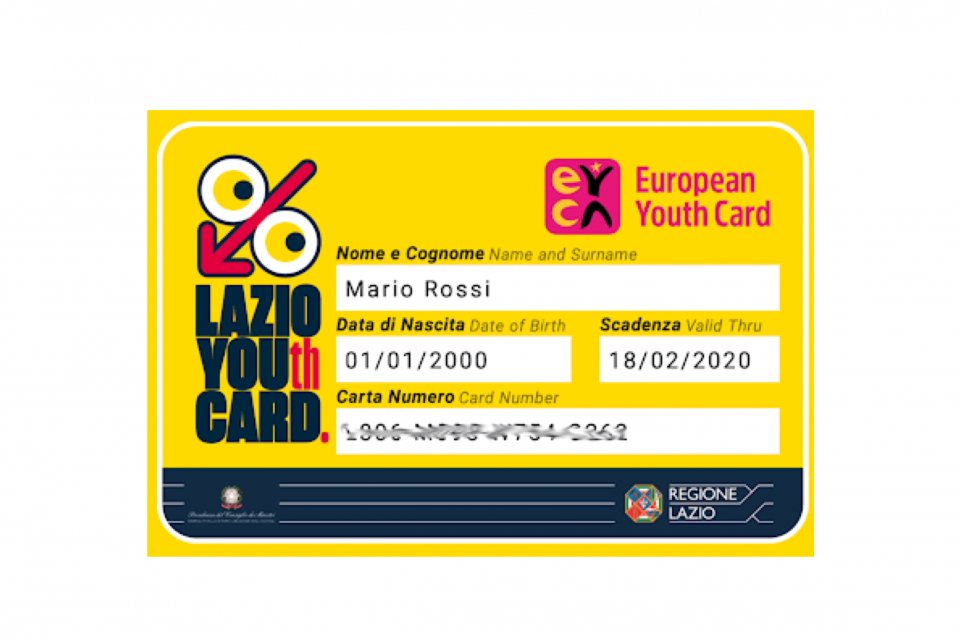Code QA" usually refers to Good quality Assurance processes plus activities associated with the codebase of the software program application. Quality Peace of mind (QA) in application development involves methodically making sure the application meets specified needs and functions reliably. Code QA centers specifically around the top quality of the resource code, aiming in order to identify and correct defects, improve maintainability, and adhere to be able to coding standards. Here are key elements related to computer code QA:
Code Opinions:
Conducting systematic testimonials of source signal by peers or senior developers in order to ensure adherence in order to coding standards, best practices, and identify potential issues.
Permanent Code Analysis:
Employing automated tools to assess the source program code without executing that. Static code evaluation helps identify issues like code smells, potential bugs, in addition to adherence to code standards.
Unit Screening:
Developing and doing unit tests to verify the correctness of individual units or even aspects of the code. Unit testing are crucial intended for catching defects early on inside the development process.
Code Coverage:
Computing the extent to be able to which the origin code is exercised by simply automated tests. Code coverage metrics support assess the thoroughness of testing initiatives.
Integrtion Testing:
Making sure the interaction in between different components to make certain they work along as intended. Integration tests are important for detecting issues that may arise when different pieces of the computer code are combined.
The Card Association reviews :
Developing and even maintaining automated tests to continuously confirm the functionality and gratification of the signal. Automated testing allows catch regressions plus ensures consistent top quality.
Peer Programming:
Collaborative programming where two developers work together on the exact same piece of code. This kind of practice can enhance code quality through real-time feedback plus knowledge sharing.
Program code Standards and Recommendations:
Establishing and enforcing coding standards plus guidelines to make sure consistency over the codebase. This includes features like naming exhibitions, code structure, in addition to documentation.
Continuous Integration (CI) and Continuous Deployment (CD):
Including QA processes directly into CI/CD pipelines to be able to automatically build, check, and deploy code changes. This helps to ensure that new code adjustments do not introduce defects and can be reliably used.
Code Refactoring:
Reorganization, rearrangement, reshuffling and improving the existing code without transforming its external behaviour. Code refactoring is completed to enhance maintainability, readability, and general code quality.
Defect Tracking:
Monitoring and managing defects or perhaps issues identified during testing. Defect monitoring helps prioritize plus address issues effectively.
Documentation:
Maintaining comprehensive documentation for the codebase, including inline comments, README documents, and other relevant documentation to support developers and some other stakeholders.
Code QA is an essential part of the broader quality assurance procedure in software enhancement. By focusing on the particular quality of typically the source code, companies can produce more reliable and maintainable computer software while reducing the possibilities of defects and improving overall development efficiency.

